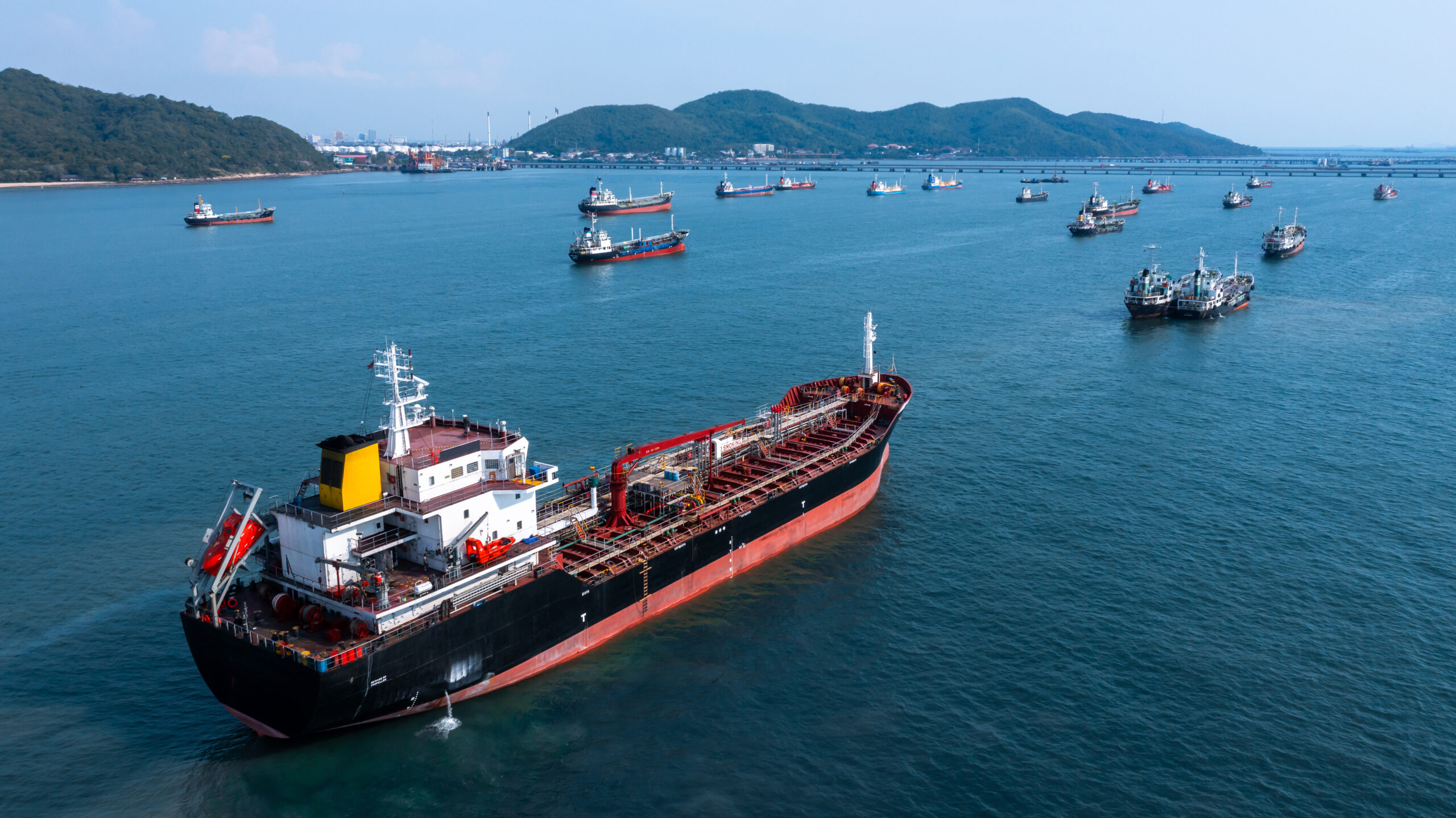The integration of digital technologies in maritime operations is transforming how safety and compliance are managed. For LPG tankers, where the stakes are high, digitalization plays a pivotal role in ensuring adherence to environmental regulations and enhancing operational efficiency. The introduction of SIRE 2.0, emphasizing digitalized reporting, supports compliance with MARPOL’s rigorous environmental standards and aligns with the IMO Safety Standards for sustainable shipping.

The Role of Digitalization in Maritime Safety
As the shipping industry embraces the digital age, innovations in data collection, reporting, and analysis are redefining operational protocols. Digitalization provides tools for real-time monitoring, streamlined reporting, and predictive analytics, making it easier for LPG tankers to comply with international maritime regulations like the Energy Efficiency Existing Ship Index (EEXI) and the Carbon Intensity Indicator (CII). These advancements align with the IMO’s overarching goals of reducing emissions and promoting environmental sustainability.
In LPG tanker safety, digital technologies enhance transparency and accountability, ensuring that operators not only meet but exceed the expectations set by IMO Safety Standards.
Key Components of Digitalization in LPG Tanker Safety
- Digitalized Reporting with SIRE 2.0
The Ship Inspection Report Programme (SIRE) has been a cornerstone of tanker vetting for years. SIRE 2.0 introduces a new level of sophistication, focusing on digitalized reporting to provide real-time insights into vessel performance and compliance. This system offers:- Enhanced Data Accuracy: Automated reporting minimizes human error, ensuring precise records.
- Real-Time Monitoring: Continuous tracking of emissions, equipment functionality, and safety protocols.
- Streamlined Vetting Processes: Digitalized records facilitate quicker and more reliable vetting assessments.
- By integrating SIRE 2.0, LPG tankers can ensure they meet the IMO Safety Standards, particularly in areas related to environmental compliance.
- Emissions Tracking for MARPOL Compliance
MARPOL regulations govern pollution prevention in maritime operations, making emissions tracking a critical component of compliance. Digital tools enable LPG tankers to:- Monitor greenhouse gas emissions in real time.
- Record fuel consumption and operational efficiency.
- Generate reports that demonstrate adherence to EEXI and CII standards.
- These capabilities not only support compliance but also contribute to the IMO’s long-term vision of decarbonizing the shipping industry.
- Predictive Maintenance and Operational Efficiency
Digitalization enables predictive maintenance, reducing the risk of equipment failure and ensuring uninterrupted operations. Key features include:- Sensor-Based Monitoring: Tracks the condition of critical systems, such as cargo containment and propulsion systems.
- AI-Driven Analytics: Predicts potential issues before they escalate into significant problems.
- Optimized Resource Allocation: Reduces downtime and operational costs through proactive management.
- By leveraging these tools, LPG tankers align with IMO Safety Standards and enhance their overall operational safety.
- Transparency in Environmental Safety
Digitalization promotes transparency by providing stakeholders with access to accurate and up-to-date information. This is particularly important for demonstrating compliance with IMO regulations. Tools such as blockchain can be used to:- Create immutable records of emissions and operational data.
- Share compliance reports with regulatory bodies and clients.
- Build trust among stakeholders by showcasing a commitment to environmental safety.
Benefits of Digitalization in LPG Tanker Safety
Adopting digital solutions in LPG tanker safety offers numerous advantages:
- Improved Compliance: Streamlined processes ensure adherence to MARPOL, EEXI, and CII standards.
- Enhanced Safety: Real-time monitoring reduces risks and improves emergency preparedness.
- Operational Efficiency: Predictive analytics and automated systems optimize performance and minimize costs.
- Environmental Sustainability: Advanced emissions tracking and reporting support the IMO’s decarbonization goals.
- Stakeholder Confidence: Transparent reporting builds trust and strengthens reputational standing.
Challenges in Implementing Digitalization
While the benefits are substantial, the shift towards digitalization is not without its challenges:
- Cost of Implementation: Upgrading systems and training personnel require significant investment.
- Cybersecurity Risks: Digital systems are vulnerable to cyber threats, necessitating robust security measures.
- Integration Issues: Ensuring compatibility between new digital tools and existing systems can be complex.
Overcoming these challenges requires a collaborative approach, with industry stakeholders working together to develop secure, cost-effective, and user-friendly solutions.
The Way Forward
The integration of digital technologies in LPG tanker safety is a critical step towards achieving the IMO’s environmental and safety objectives. By adopting tools like SIRE 2.0 and leveraging data-driven insights, the maritime industry can enhance compliance, improve safety, and reduce its environmental footprint.
Future advancements in digitalization, such as AI-powered decision-making and autonomous vessels, hold the potential to revolutionize maritime operations further. However, achieving these milestones will require sustained investment in technology, training, and regulatory alignment.
In conclusion, digitalization is not just an enabler but a necessity for ensuring compliance with IMO Safety Standards in LPG tanker safety. By embracing this transformation, the maritime industry can navigate the challenges of the 21st century while safeguarding its workforce, cargo, and the planet.
